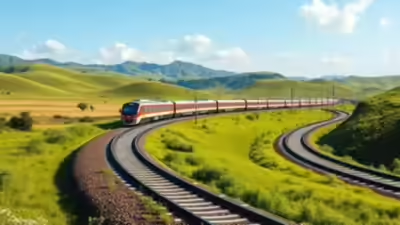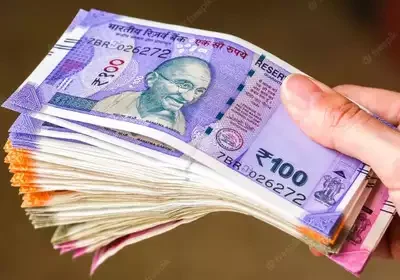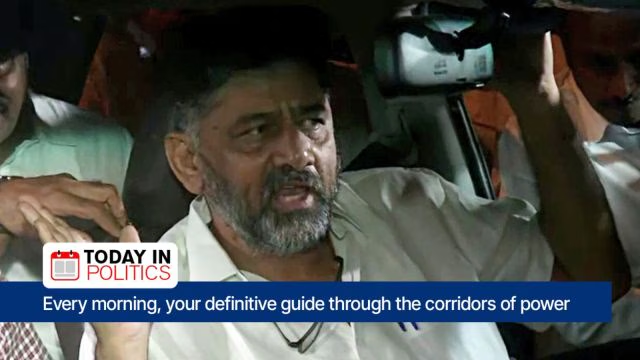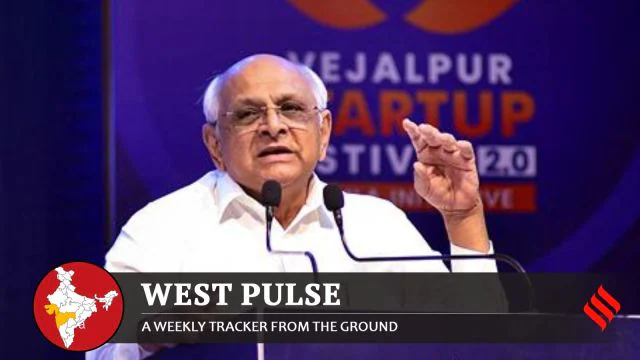Pakistan and Russia have made a bold move to reshape Eurasian trade by signing an overarching transport deal creating the first direct rail‑and‑road link between the two nations. The agreement, which both governments have labeled a “strategic game‑changer,” aims to link Russia’s inland manufacturing hub with Pakistan’s deep‑sea gateways at Karachi and Gwadar—providing Moscow its shortest and most direct link ever to the Indian Ocean’s warm waters.
A New Spine Across the Continent
Central to the pact is a 7,200‑kilometre multimodal corridor that weaves current and upgraded railway tracks through Kazakhstan, Turkmenistan, and Iran before reaching Pakistan at Taftan in Balochistan. Freight trains will proceed from there to Lahore and Karachi, while an accompanying all‑weather road will enable container trucks to replicate the rail service for time‑sensitive shipments. Trial flights are to commence 15 March 2025, followed by full commercial operations in early 2026 after the harmonisation of customs and logistics hubs are finished.
Why It Matters for Pakistan
For Islamabad, the corridor is consistent with the ambition of the country to emerge as a regional transit hub. Planners anticipate doubling Pakistan’s rail freight traffic in five years, creating new earnings for Pakistan Railways Freight Transportation Company and generating ancillary industries including warehousing, cold‑chain logistics, and insurance.
The path also diversifies Pakistan’s strategic alliances away from the China‑Pakistan Economic Corridor (CPEC). By bringing Russian energy exports—oil, LNG, and refined products—straight into Pakistani markets, the accord guarantees more secure fuel supplies and lower shipping costs than through maritime channels circling the Arabian Peninsula.
Moscow’s Warm‑Water Dream
For Russia, the agreement fulfills a long‑sought geopolitical aspiration: access to warm‑water ports free of Suez Canal bottleneck or sanctions‑vulnerable European routes. As Western markets are partially cut off, Russian exporters are keen to feed South Asia’s 1.8‑billion‑strong consumer base steel, fertiliser, and finished machinery. The corridor is expected to trim 10–12 days from today’s maritime journey from St. Petersburg to Karachi and cut freight costs by up to 30 percent.
Economic Benefits to the Region
Economists put bilateral trade annually, at present running at about $1 billion, potentially increasing to $5 billion by 2030 when the corridor will be operating at full capacity. In the process, Central Asian countries will earn handsome transit fees, and Iranian ports in Chabahar and Bandar Abbas will get feeder traffic. The agreement also fits into the larger vision of International North‑South Transport Corridor (INSTC), further fortifying a nascent lattice of Eurasian supply chains alternative to traditional East‑West shipping routes.
Implementation Challenges
Even with lofty aims, challenges persist. Modernisation of track in Pakistan’s Balochistan province needs to speed up, and a shared digital customs environment needs to be agreed so that cross‑border clearance is smooth. Security for rolling stock and road convoys in the hinterlands will need to be coordinated closely among participating countries. Even funding is an issue: Pakistan is in talks with Russian development banks to secure concessionary loans for locomotive and container terminal modernisation and to investigate public‑private partnerships.
The Road Ahead
Both capitals assert the project is on a “fast‑track” timeline, spurred by shared economic interests and a common motive to cut reliance on unpredictable maritime chokepoints. If benchmarks are reached, the Pakistan‑Russia corridor would redraw Eurasian trade maps—connecting Siberian factories to South Asian consumers in record time and providing Pakistan with bargaining chips as an authentic bridge between East and West.
As the initial locomotives take their maiden run next March, policymakers throughout the continent will be keeping watchful eyes, aware that a steel strip stretched across deserts and steppes may be transporting more than goods: it may be bringing a new age of Eurasian interdependence onto the platform.






